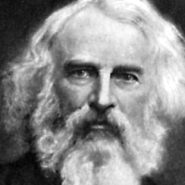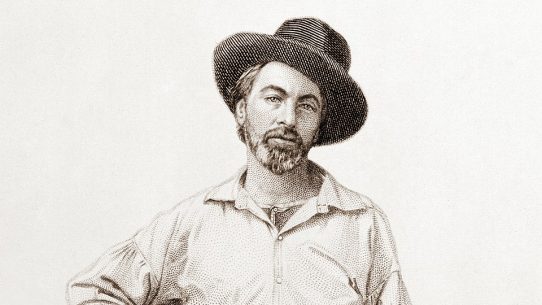Born: December 10, 1830, Amherst, Massachusetts, United States
Died: May 15, 1886, Amherst, Massachusetts, United States
Nationality: American
Literary Period/Movement: American Romanticism, Early Modernism
Emily Dickinson (1830–1886) was an American poet whose quiet life in Amherst concealed one of the most original minds in literature. Writing nearly two thousand poems, she transformed the landscape of American poetry through her intense introspection, compressed language, and startling imagery.
Early Life and Education
Born into a prominent New England family, Dickinson was the second of three children. Her father, Edward Dickinson, was a lawyer and a trustee of Amherst College, while her mother, Emily Norcross Dickinson, managed the household with reserved devotion. Dickinson attended Amherst Academy and later Mount Holyoke Female Seminary, where her curiosity and intellect thrived. Yet she soon withdrew from formal education, preferring the solitude of her home and garden.
Even in her youth, Dickinson displayed a fascination with death, nature, and the unseen. Her early letters and notebooks reveal a growing independence of mind. By her mid-twenties, she had begun to live reclusively, limiting her contact with the outside world but nurturing a deep inner life that would give rise to her extraordinary poetry.
Literary Career and Major Works
During her lifetime, Emily Dickinson published only a handful of poems, often anonymously and heavily edited to conform to the conventions of the time. She wrote prolifically, however, leaving behind nearly 1,800 poems in her distinctive hand, bound in small homemade booklets known as fascicles.
Her verse, characterized by irregular meter, slant rhyme, and compressed thought, defied the literary expectations of nineteenth-century America. Among her most famous works are Because I could not stop for Death, I heard a Fly buzz — when I died, and Hope is the thing with feathers. Each poem captures profound truths about mortality, faith, and the inner workings of the soul through deceptively simple language.
After her death in 1886, Dickinson’s sister Lavinia discovered her manuscripts and arranged for their publication. Poems by Emily Dickinson (1890) introduced the world to a poet whose originality and spiritual candor reshaped modern verse.
Style, Themes, and Influence
Emily Dickinson’s style is marked by brevity, ambiguity, and a deep musicality. She employed dashes, unconventional capitalization, and spare diction to mimic the rhythms of thought and emotion. Her themes center on life, death, immortality, nature, and the limits of faith.
Critics have long admired the tension in her work between yearning and restraint, doubt and belief. Her reclusive life gave her poetry an introspective tone that resonates across time. Dickinson influenced countless writers, from Marianne Moore and Sylvia Plath to modern poets who continue to explore the boundaries between the private and the universal.
Later Life and Legacy
In her later years, Dickinson rarely left her family home and communicated largely through letters. Though she maintained close correspondences with friends, editors, and literary figures, she remained wary of fame and exposure. Her physical world grew smaller, yet her creative world expanded with astonishing depth.
She died in 1886 at the age of fifty-five, likely from kidney disease. Only after her death did her family and editors realize the magnitude of her achievement. Today, Emily Dickinson stands among the greatest poets in the English language, her voice singular, haunting, and endlessly modern.
Notable Works
- Because I could not stop for Death
- Hope is the thing with feathers
- I heard a Fly buzz — when I died
- A Bird came down the Walk
- I felt a Funeral in my Brain
- Wild nights — Wild nights!
Related Poets
Robert Frost, Walt Whitman, Sylvia Plath




